The Evolution of Shipping Containers: Impact on Global Trade
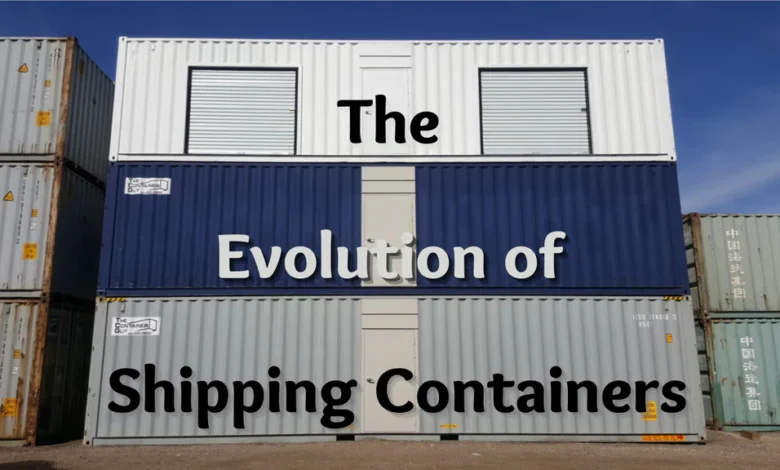
The shipping container, a simple yet revolutionary concept, has reshaped the landscape of global trade over the past several decades. What began as an innovation to streamline the transportation of goods has transformed into a cornerstone of international commerce, enabling the rapid and efficient movement of products across continents. This article explores the evolution of shipping containers, highlighting their impact on global trade, economic dynamics, and the technological advancements that continue to drive their relevance in today’s economy.
The Birth of the Shipping Container
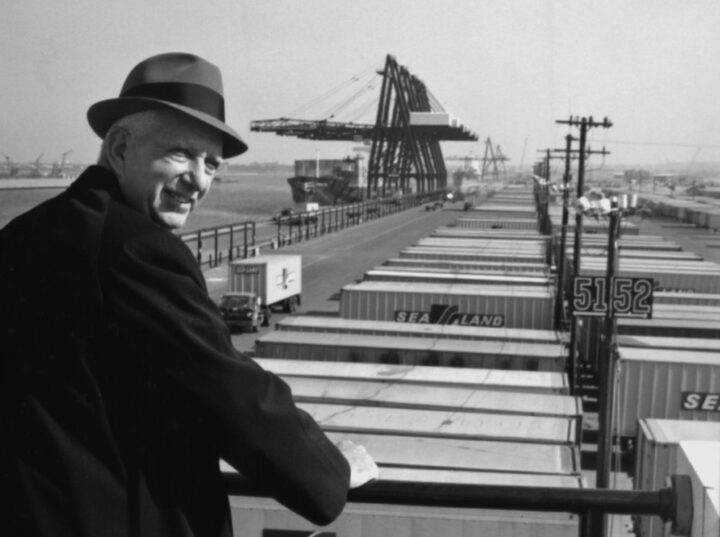
In the early 1950s, the process of loading and unloading cargo was labor-intensive, time-consuming, and fraught with inefficiencies. Malcolm McLean, a visionary in the transportation industry, recognized the potential for a standardized, reusable container to revolutionize cargo shipping. In 1956, McLean introduced the first shipping container, setting the stage for a new era in global logistics. The adoption was gradual, facing initial resistance due to the substantial changes required in infrastructure, equipment, and handling methods. However, the undeniable efficiencies gained from containerization soon led to widespread acceptance.
Standardization and Global Adoption
The global adoption of shipping containers hinged on the standardization of their design. By the late 1960s, the International Organization for Standardization (ISO) had established guidelines for dimensions, strength, and handling, ensuring compatibility worldwide. This standardization enabled seamless transport across different modes of transportation, from ship to rail to truck, without the need for direct handling of the cargo. It marked a pivotal moment in logistics, as containers could now move across the globe with unprecedented ease, reducing costs and shipping times dramatically.
Impact on Global Trade
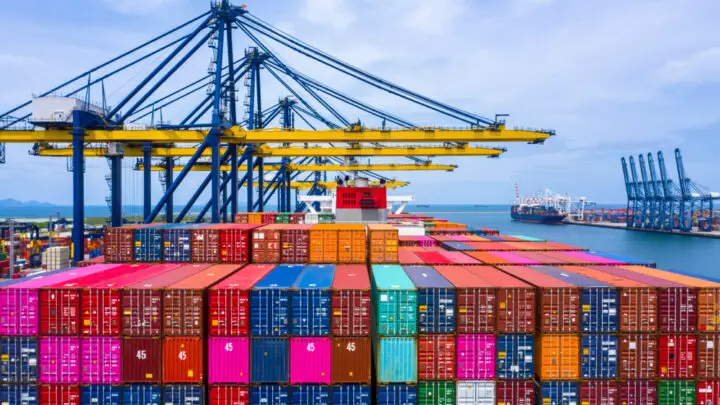
The introduction of shipping containers revolutionized global trade, making it faster, more reliable, and far less costly. The efficiency of container shipping reduced the cost of transporting goods by an estimated 90%, opening up global markets and making it economically viable to export a much wider range of products. This democratization of shipping led to a surge in trade volumes, fostering economic growth and globalization. Manufacturing and supply chains became increasingly international; with production moving to countries where labor was cheaper, further fueling the growth of global trade.
Reinventing Global Supply Chains
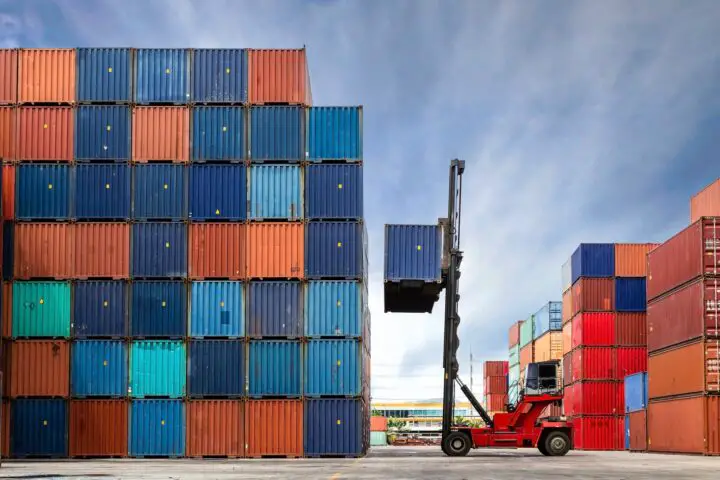
The widespread adoption of shipping containers not only made international trade more efficient but also led to the reinvention of global supply chains. Before containerization, the cost and complexity of shipping goods over long distances were prohibitive, limiting international trade to high-value or non-perishable items. The standardization and efficiency brought by containers allowed for the cost-effective global movement of a wide range of goods, from electronics to apparel, fundamentally changing manufacturing strategies and economic policies worldwide.
The Rise of Mega Ports
As container shipping grew, so did the need for port infrastructure capable of handling the ever-increasing volumes of cargo. This demand led to the emergence of mega ports – highly efficient, technologically advanced facilities designed to accommodate the world’s largest container ships. These ports serve as critical nodes in global trade networks, facilitating the rapid turnaround of ships and the seamless transfer of containers to other modes of transport. The development of mega ports has been instrumental in supporting the exponential growth of global trade, enhancing connectivity between markets.
Environmental Innovations and Sustainability
In response to environmental concerns associated with shipping and global trade, the industry has seen significant innovations aimed at sustainability. One of the most notable is the push towards greener shipping practices, including the adoption of low-sulfur fuels, investment in cleaner energy sources like LNG (Liquefied Natural Gas), and the exploration of fully electric and autonomous ships. Additionally, the repurposing of used shipping containers into housing, office spaces, and retail outlets has gained popularity, showcasing the versatility and sustainability potential of containers beyond their shipping life.
The Digital Transformation of Shipping
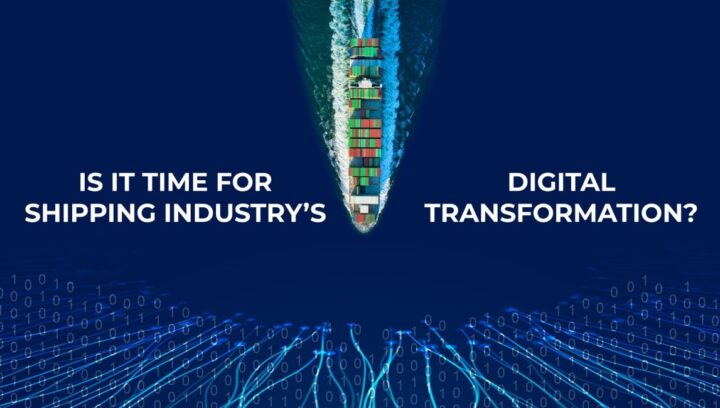
The digital transformation within the shipping industry marks a pivotal shift towards more efficient, transparent, and resilient supply chains. Blockchain technology, for instance, offers a secure and transparent way to document transactions, tracking the movement of containers with unprecedented accuracy and reliability. Artificial intelligence and machine learning are being harnessed to optimize shipping routes, predict maintenance needs, and enhance operational efficiency. These digital advancements promise to mitigate risks, reduce costs, and improve the environmental footprint of global shipping.
Challenges and Opportunities Ahead
Despite the significant advancements and efficiencies gained through containerization and technology, the shipping industry faces ongoing challenges. Geopolitical tensions, trade disputes, and the global push towards decarburization present complex obstacles. However, these challenges also offer opportunities for innovation, collaboration, and the development of new trade paradigms that prioritize sustainability and resilience.
The global COVID-19 pandemic underscored the critical role of shipping containers in maintaining the flow of goods during unprecedented disruptions. As the world adapts to new normal’s, the flexibility and efficiency of container shipping will be crucial in building more resilient supply chains capable of withstanding future challenges.
Economic and Environmental Implications
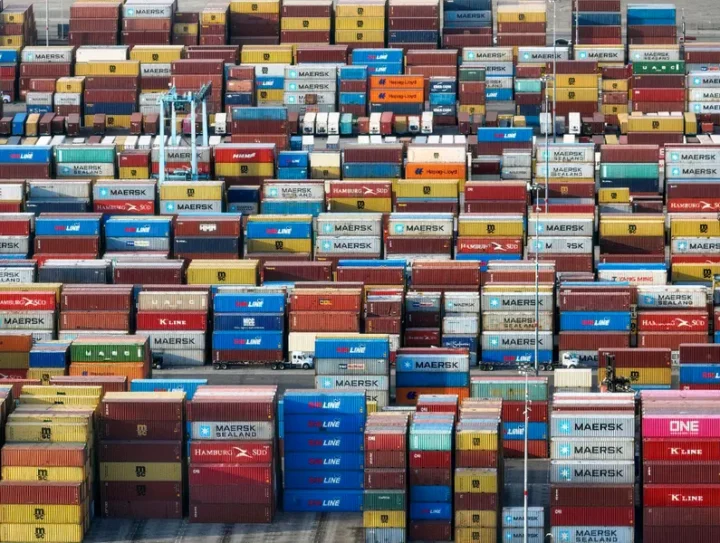
The economic implications of the shipping container revolution have been profound. Manufacturing centers emerged in East Asia, transforming economies and shifting the balance of economic power. The increased efficiency also led to a significant reduction in the cost of goods, benefiting consumers worldwide. However, the environmental impact of increased global trade and shipping has raised concerns. The shipping industry is a major emitter of carbon dioxide, and the disposal of outdated containers poses sustainability challenges. Efforts to address these issues include improving fuel efficiency, repurposing retired containers, and exploring alternative materials and technologies for container construction.
Conclusion
The shipping container has come a long way since its inception in the mid-20th century, evolving from a simple concept to a fundamental element of global trade. Its impact extends beyond the transportation of goods, influencing economic patterns, environmental policies, and technological advancements. As we look to the future, the continued evolution of shipping containers and logistics technology holds the promise of further enhancing global trade efficiency, sustainability, and resilience. The story of the shipping container is a testament to the transformative power of innovation in connecting the world’s economies.
This expanded article offers a comprehensive overview of the evolution of shipping containers and their significant impact on global trade, covering historical context, economic and environmental implications, and future prospects. You can further enrich the content with specific examples, case studies, and data to achieve the desired word count and depth.
